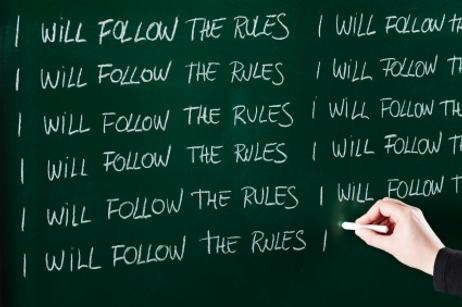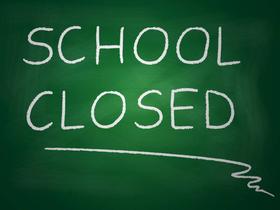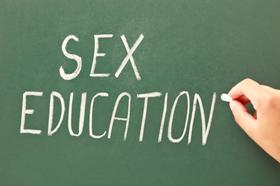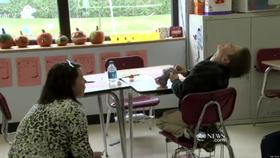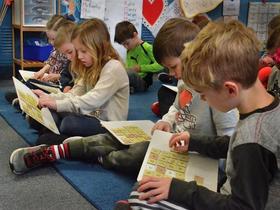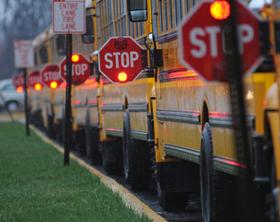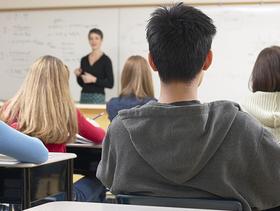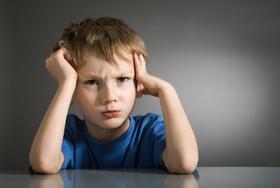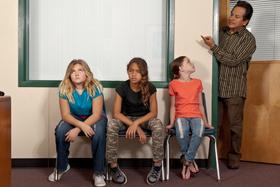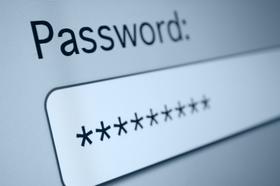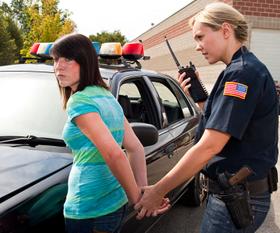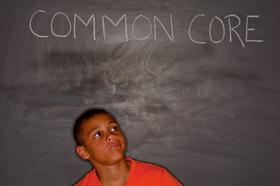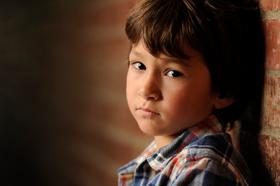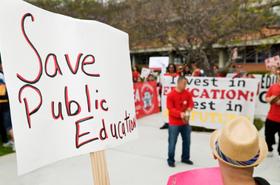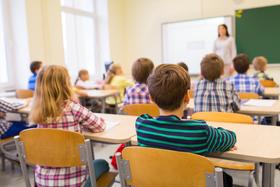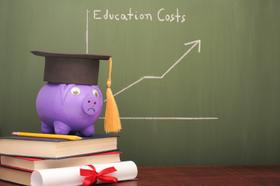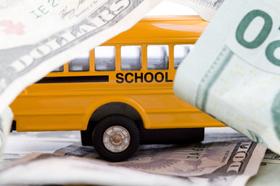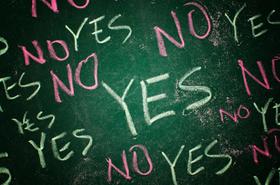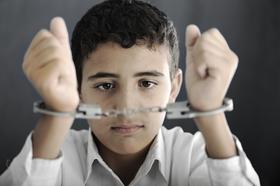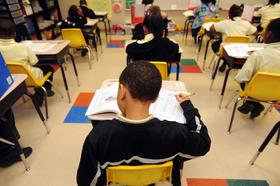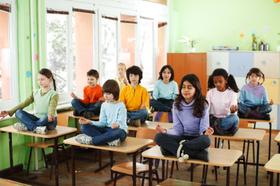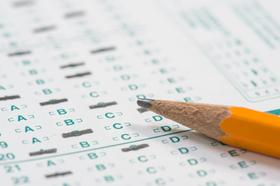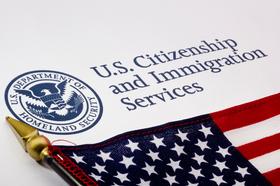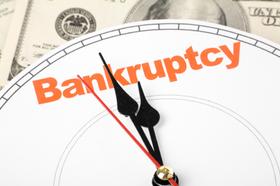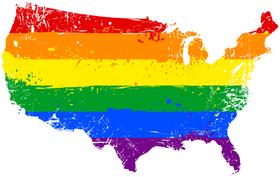In light of terrifying outbreaks of school violence, nearly all public schools have embraced a “zero-tolerance policy” to deter students from malicious behavior. As the American Bar Association (ABA) describes, ‘“Zero tolerance’ is the phrase that describes America's response to student misbehavior. Zero tolerance means that a school will automatically and severely punish a student for a variety of infractions.” Common student infractions include carrying a weapon to school, engaging in threatening forms of physical or verbal behavior, and bullying other students.
However, does the zero-tolerance policy work in public schools? The ABA argues that the zero-tolerance approach has devastatingly turned into a “one size fits all solution” for problems that need more personal interpretation and subjective assessment. For example, misunderstandings and common minor infractions are penalized under the large umbrella of zero tolerance – leading to overreactions and potentially unjust punishments.
Subsequently, many parents and community members are questioning if other types of behavior policies would be more appropriate in keeping public school campuses safe.
This TEDx Talk discusses the impact of zero-tolerance on teenagers.
What are Zero Tolerance Policies?
Zero-tolerance policies are rules that specifically target the most serious risks facing the safety of students in public schools. For example, students who bring any weapon to school can be punished under zero-tolerance restrictions.
While these types of policies were intended to help create a more widespread environment of safety and awareness, many parents and teachers argue that innocent students are being unjustly punished. Specifically, students who are unintentionally and often unknowingly breaking the rules are punished severely under the zero-tolerance policy. Adding to this, the zero-tolerance rules do not acknowledge individual students’ emotional, intellectual, or learning disabilities. Oftentimes, misbehavior cases involving students with disabilities arise from their own personal challenges – and not due to their intent to cause harm or malice towards others.
Are Innocent Students Being Punished?
As community members pose questions to find out whether or not innocent students are being punished under zero-tolerance policies, the answer is a saddening “yes.” While public schools are certainly not seeking out innocent students in order to enforce harsh or unfair consequences, cases of guiltless reprimands are still coming to the surface. For example, as the ABA further reveals, a 2000 study conducted by the Justice Policy Institute reveals that many cases of unjust punishments thrown at innocent children have garnered national attention:
- In Louisiana, a 12-year-old diagnosed with a hyperactive disorder warned her peers not to eat all of the potatoes, or “‘I’m going to get you.”’ This simple statement led to a two-day suspension, citing that the student had made “terroristic threats” towards others.
- In Texas, a 13-year-old boy was required to write a scary story for a Halloween-based assignment. His story involved a character who shot students at a school. Consequently, the teenager was arrested and spent six days in jail before the police confirmed that no crime was committed.
- In Florida, a 14-year-old special needs student was referred to the police after the principal discovered that the child allegedly stole $2 from a classmate. The child was charged with “strong-armed robbery” and was held in an adult jail for six weeks. When a CBS “60 Minutes” news crew arrived to report this case, the charges pending were fortunately dropped.
This video from ABC News reports on the effects of zero-tolerance on young people.
While these cases are certainly severe and uncommon examples, many individuals are still being punished for even seemingly smaller infractions. In fact, as NBC News further reports, there have been widespread cases involving children bringing toy guns to school, unaware that their toy guns would be an offense to schools’ zero-tolerance rules. Specifically, one 10-year-old Georgia student was faced with potential expulsion and long-term juvenile detention after bringing a toy gun to school. According to the student, he brought the toy gun to class because it reminded him of pictures from his history textbook, as the class had been studying various wars, soldiers, and leaders from the past.
Are the Zero Tolerance Policies Too Harsh?
While all public school zero-tolerance policies are created and enforced to help protect all students from potential threats, many schools are reevaluating the implications of these standards. As the ABA seeks to remind school leaders, each student’s infraction should still be individually analyzed. Furthermore, school leaders must be “cautious about inappropriately creating a cloud of fear over every student in every classroom across the country. In the case of youth violence, it is important to note that, statistically speaking, schools are among the safest places for children to be.”
Yet, despite the criticism of zero-tolerance rules, according to data from the United States Justice Policy Institute and the Department of Education, crime and violence have decreased by 30 percent in all public schools since 1990. Furthermore, less than 1 percent of all violent incidents involving younger teens or adolescents occur near or on school property.
This video discusses zero-tolerance policies on the school-to-prison pipeline.
With this celebrated shift towards increased school and student safety, experts and community members continue to debate: are zero-tolerance policies helping school safety efforts or hurting innocent kids?
Questions? Contact us on Facebook. @publicschoolreview

